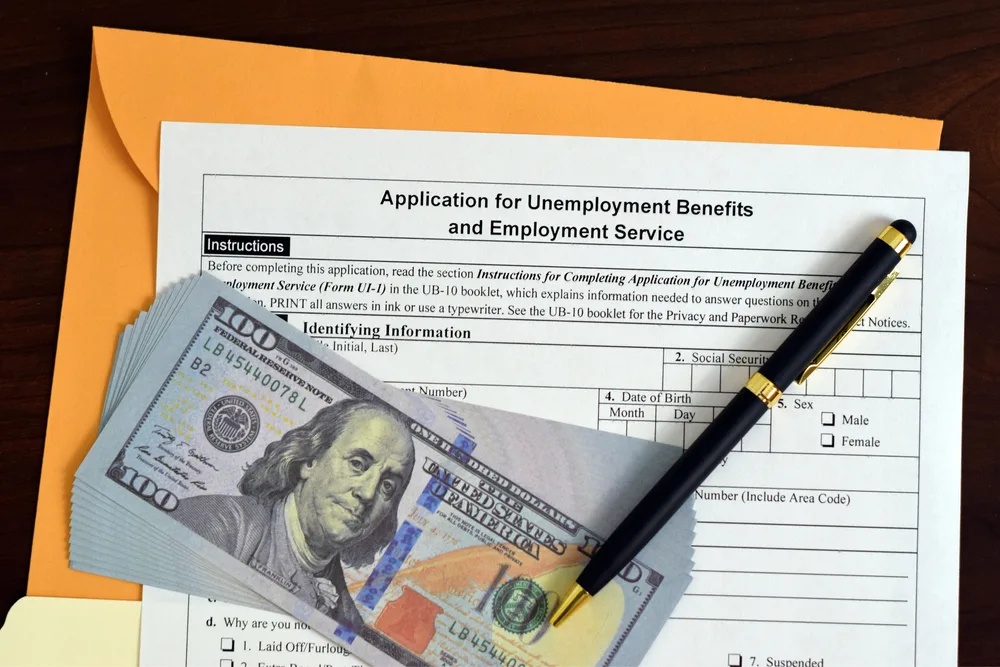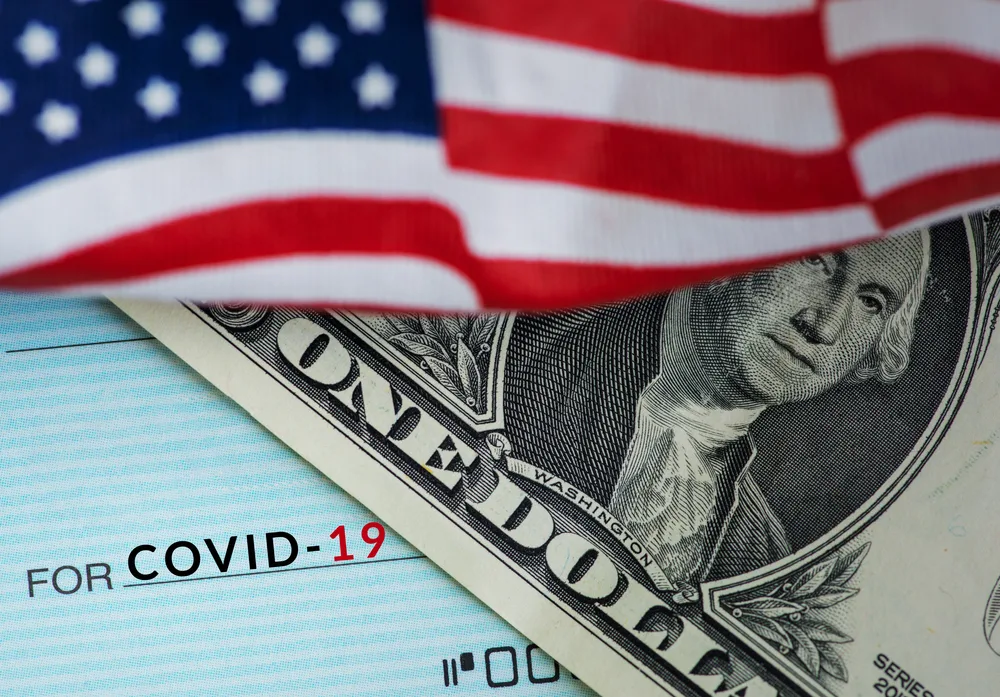
The TANF program, or Temporary Assistance for Needy Families program, helps low-income families keep their budgets in check. The federal government provides TANF funding to states on a monthly basis so that families receive assistance as often as they need it.
The program is offered by the U.S. Department of Health and Human Services (HHS) and is run by state welfare departments. In this article, we’ll answer some common questions about the TANF program including what it is, eligibility requirements, benefits you can get from the TANF program, and more.
What is the TANF program?
The TANF program is a federal program run by the U.S. Department of Health and Human Services (HHS) that helps low-income families meet their basic needs. The program provides financial support for food, housing, clothing, health care, and other basic needs for families.
The program is divided into two types: block grants and state contributions. The block grants are funded in part by federal taxes and distributed to the states while the state contributions are funded by state taxes and administered by the state agencies.
Who can qualify for TANF?
There are two main requirements for being eligible for TANF. The first is income. TANF applicants must not have enough money to meet their basic needs.
The second requirement is citizenship. You must be an American citizen living in the U.S. who is eligible for temporary assistance.
States have different eligibility requirements, but the main requirements are income and citizenship. To get approved for TANF benefits, you must generally have children of your own under 18 years of age who are eligible and have a need for assistance.
Some states might also have additional requirements, such as whether you have a criminal history or not. You should check the requirements in your state to see if there are any other requirements for receiving TANF benefits.
Getting Ready to Apply for TANF Benefits
Before you apply for TANF benefits, you’ll want to keep a record of all of your income, including all of your wages, Social Security benefits, child support payments, unemployment benefits, alimony, and more.
You’ll also want to keep records of any other financial assistance you receive, like child care assistance, food stamps, Medicaid, or Section 8 housing assistance.
You’ll also want to make sure you have a record of all of your expenses, such as all of your housing, food, utilities, groceries, medical, and other bills. Your TANF application will ask you to provide this documentation.
If you don’t have this documentation, you’ll have to wait in line for assistance and may not have the money to stay afloat until you start documenting your expenses and getting your finances in order.
After Submitting an Application
Once you submit an application for TANF benefits, the state will review your application to determine your eligibility and may put you on a waiting list. Once you’re on the waiting list, you’ll be contacted if a spot opens up on the TANF benefits.
Finding Out If You’ve Been Selected as a Recipient on the TANF Waiting List
You’ll be notified if you were selected as a recipient on the TANF waiting list if any of the following happens:
- You apply for TANF benefits with openings on the list.
- Your state moves your application to the front of the TANF waiting list.
- You’re selected as a recipient of the TANF benefits right away.
The Benefits of Being a TANF Recipient
Temporary Assistance in the form of grants is a form of government assistance that comes with few strings attached. This means that TANF benefits can typically be used for whatever you need them to be used for without being penalized for it.
Some of the common uses of TANF funds include:
- Food and nutrition
- Health care costs
- Utility bills
- Credit card bills
- Insurance payments
- Gas and transportation costs
- Education
The Drawbacks of Being a Recipient of TANF Benefits
The main drawback of being on the TANF program is that it is a temporary assistance program. This means that, if funding ends and you don’t have other income coming in, you could be left without any help. Even if funding does not end, you may want to think twice before applying for TANF benefits for this reason.
Final Words
The TANF program can be a lifesaver for low-income families. It can help provide money to pay for food, health insurance, and a place to live for families who are close to the poverty line and have no other way of getting by. However, the program is not a permanent solution and comes with some downsides, including having to go through a waiting list and the possibility of ending funding at some point.



